With 2020 behind us and COVID-19 vaccines being distributed around the world, we are all looking forward to a return to some sense of normalcy in 2021. For many businesses, that means in-person networking, trade shows, sales conferences, board meetings, and incentive trips. But don’t expect work and travel to look exactly the same post-pandemic. There will be a new normal for meetings and events. Both planners and attendees need to know what has changed to have a successful experience.
The New Normal for Meeting Formats: Digital, Virtual, In-person, Hybrid
Initially, when travel bans and border closures halted in-person meetings, companies turned to online options. Digital meetings providing live content, such as Zoom calls, and virtual meetings or webinars with pre-recorded content became ubiquitous very quickly.
It was an adjustment for everyone, but after months of video meetings and webinars, most of us have mastered the various technologies, know our best camera angle, and found an appropriate backdrop.
Now that travel is resuming, in-person meetings are starting again as well, although not every person or every location is ready. Thus, hybrid events with both online and in-person audiences are on the rise.
Our Covington Meetings & Events (CM&E) team, already well known for executing creative and engaging live events, is now also helping businesses design safe and effective hybrid events.
“One thing that has not changed in meeting planning is establishing the objectives of the gathering. The overarching element is understanding why the meeting is being held. Then we assess how the in-person attendee experience might differ from the digital or virtual experience and how they can be combined.”
Christi Ruddy, CMP, Manager CM&E
The key is understanding the unique needs and restrictions of the two formats and presenting them safely and creatively so that participants of both enjoy an engaging meeting experience.
The New Normal In-Person Meeting Experience
Live meetings and events will necessarily incorporate many new safety and sanitation protocols. To see these protocols in action, CM&E meeting planner Dee Dee White attended the Association of Luxury Hotels International meeting in Cancun, Mexico.
“Hotels and event venues are blazing new trails in creative room set-ups and food and beverage presentations. These innovative adjustments show how in-person meetings can be done safely.”
Dee Dee White, Meeting Planner
Here are some of the new meeting practices Dee Dee says you can expect.
Registration:
- Conference materials may be shipped in advance, rather than available on-site.
- Registration may have time blocks by alphabet or registration type to control crowding. You’ll see increased use of low- or no-touch check-in methods such as facial recognition, RFID, and scanners to eliminate physical interaction.
- Sanitizing stations with hand sanitizer, no-touch trash cans, masks, and gloves will be prevalent. Events may do temperature checks upon entry. Gift bags will include safety items such as hand sanitizer, masks, or a personal stylus for digital use.
Meeting Safety Protocols:
- Trade show booths will be distanced from one another, requiring more floor space for the event. Only one or two representatives will be in the booth at any time and appointments will be necessary for meetings. Directional signs in the aisles will manage traffic flow and walking the tradeshow floor may be scheduled by time slots.
- Sit-down meetings will use larger spaces and lower capacities to allow adequate physical distance. A U-shape design that used to accommodate 24 people will only seat 10. Classroom designs may utilize partitioned spaces and directional floor markers in the room. Meeting spaces will be deep cleaned between each use.
- When networking, you’ll exchange information digitally, rather than by handing out traditional business cards. Event apps will be a popular way to do this, as well as schedule participation in optional events and stay in touch with other attendees.
Food and Beverage Service:
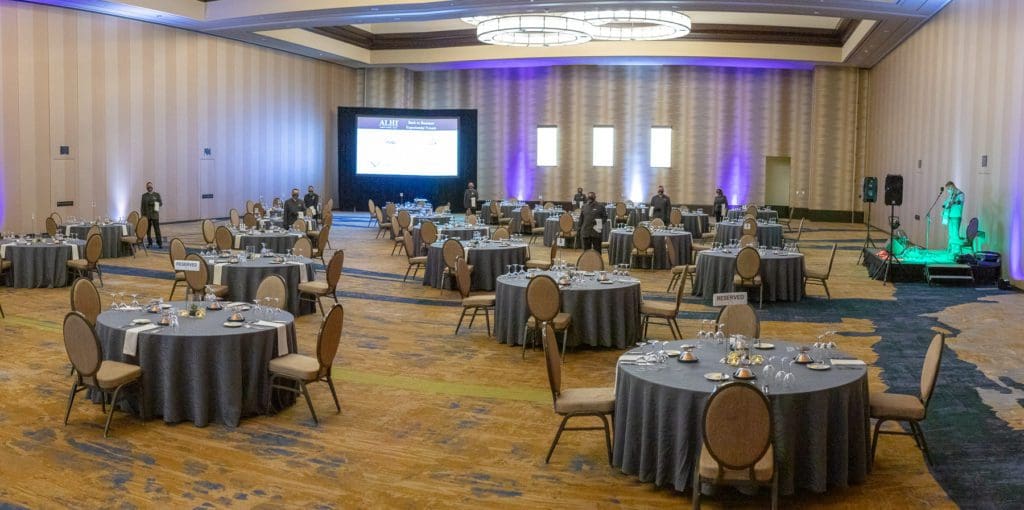
- Servers will no longer pass hors d’oeuvres or drinks in social gatherings. Stations offering pre-packaged snacks will take their place.
- Gone are self-serve buffet options and shared serving utensils. Instead, you might see individually packaged single-serve meals like bento boxes or a la carte pre-packaged items served cafeteria-style.
- Seated meals will have fewer people per table with tables spaced farther apart, again requiring larger spaces. Flatware will be rolled instead of place settings and table linens should be replaced after each use.
Special Considerations for Hybrid Meetings
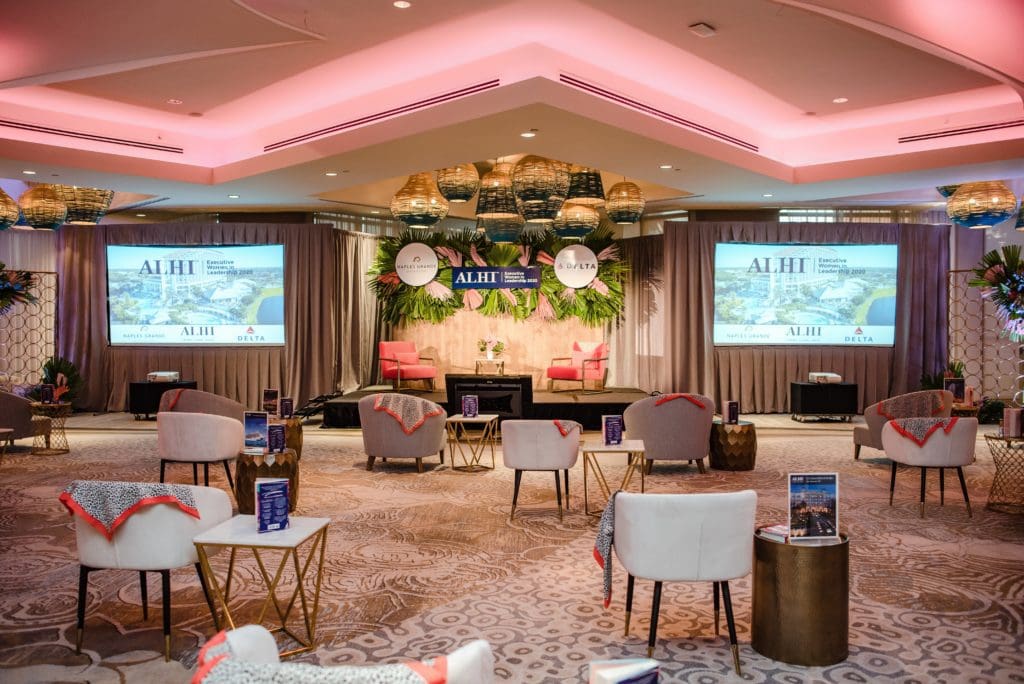
“For hybrid events to be successful, it’s important for both in-person and online participants to feel that the experience was designed just for them. That means that the content will not be identical but integrated with complementary elements.”
Christi Ruddy
Technology plays a significant role, but the meeting content should remain the focus. Examples include:
- Present a live feed of the keynote and important speakers to the online group but show prerecorded content during transition times when there is no meaningful live action.
- Connect digital audiences with the live event by encouraging the use of the chatbox and have dedicated staff monitoring and answering questions.
- Create pre-recorded presentations for virtual breakout sessions. For in-person tracks, the speakers physically rotate through breakout rooms and the participants stay seated.
- 15-minute breaks for in-person attendees may be too long for online participants and they don’t return. Pre-recorded content can fill the gap and keep the virtual group engaged.
The Covington Meetings & Events team is dedicated to helping clients craft successful meetings of all sizes, purposes, and formats. We can manage complete planning and execution or only handle registrations and anything in between. To discuss your unique meeting needs and how the new normal for health and safety impacts them, talk to a Covington meeting professional.

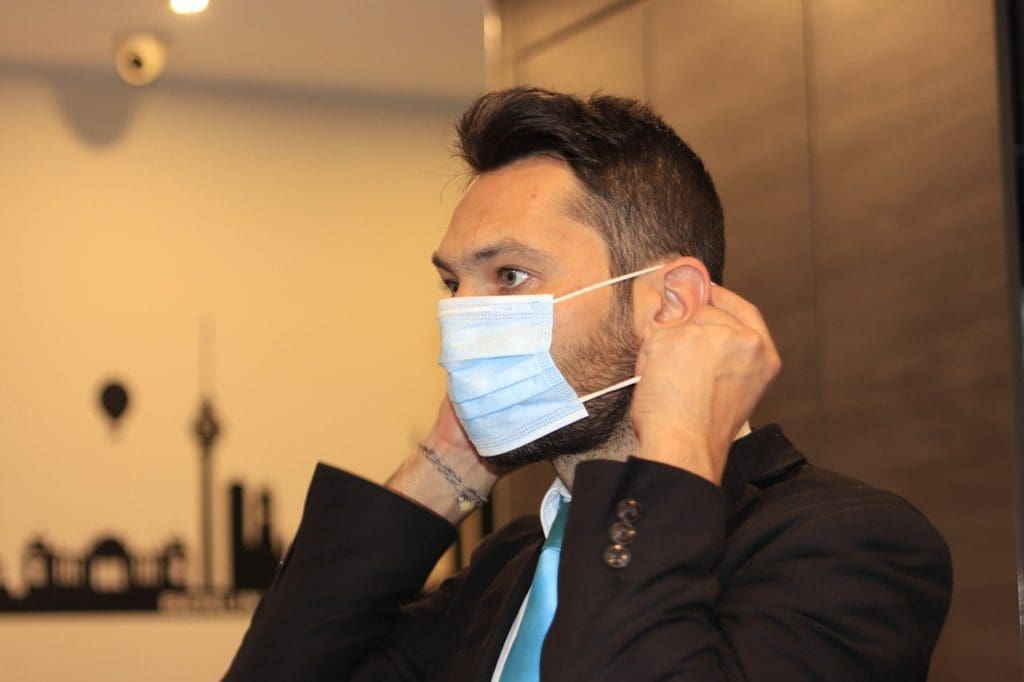
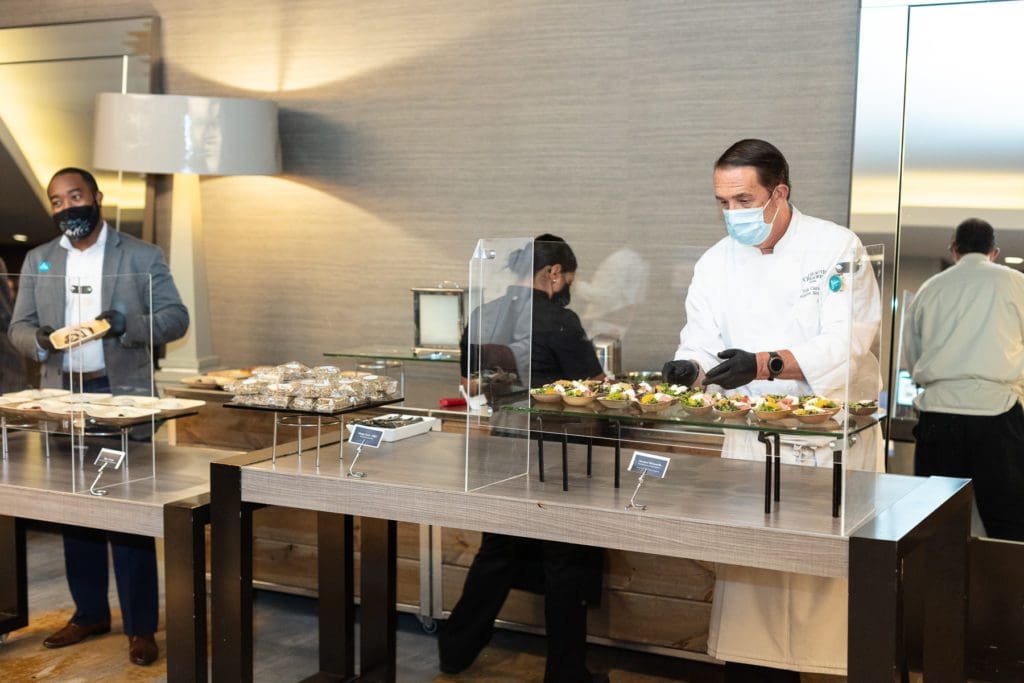
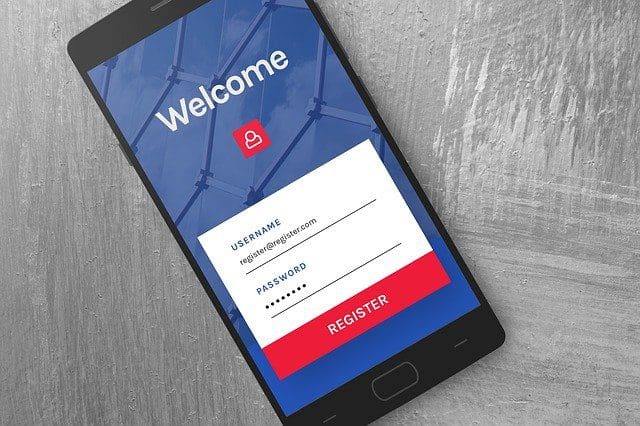
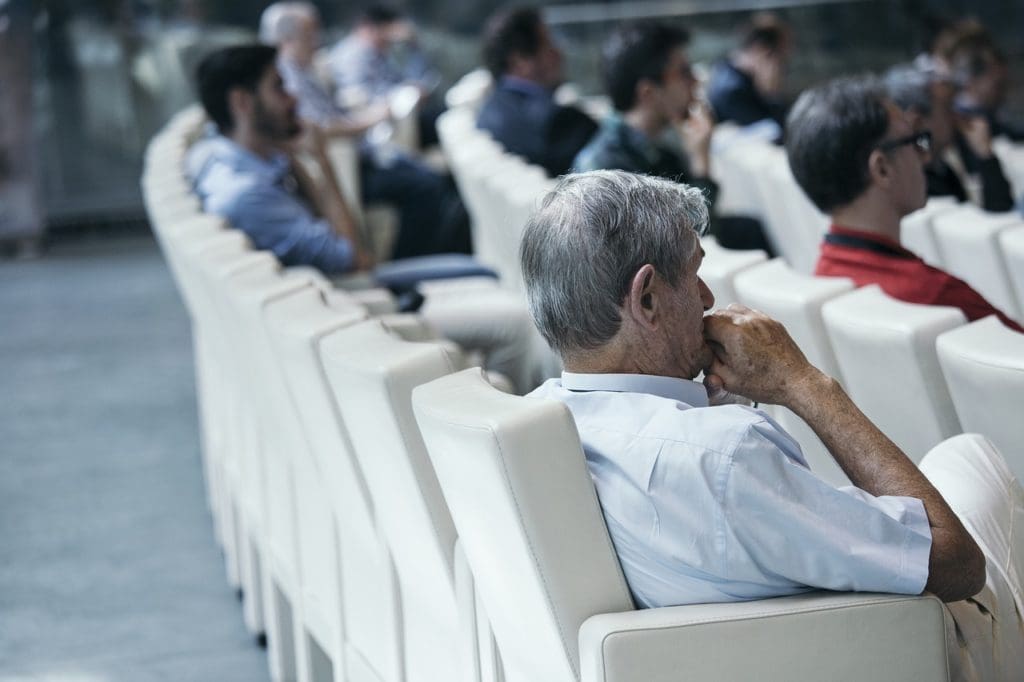





Leave a Reply